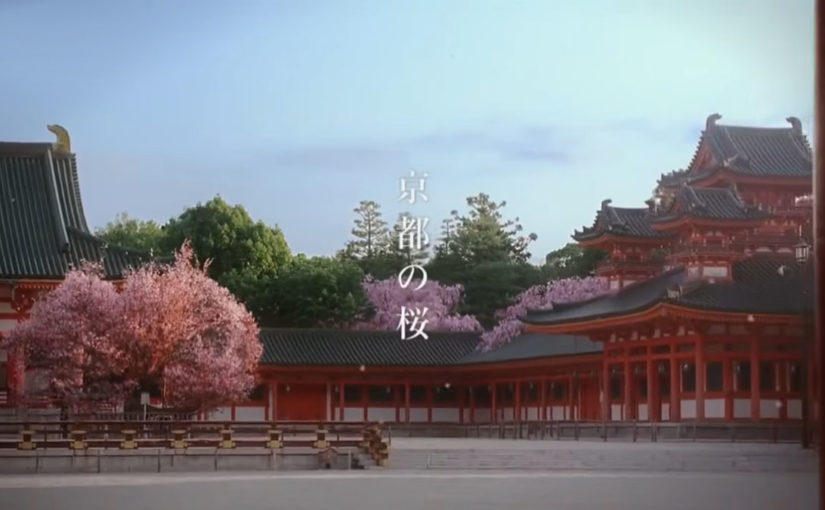The Philosopher’s Walk (哲å¦ã®é“ Tetsugaku-no-michi, lit. Path of Philosophy) is a pedestrian path that follows a cherry-tree-lined canal in Kyoto, between Ginkaku-ji and Nanzen-ji. The walk is a popular destination for tourists and locals, especially during hanami.
Kamigamo Shrine (上賀茂神社 Kamigamo Jinja) is an important Shinto sanctuary on the banks of the Kamo River in north Kyoto, first founded in 678.
Ninna-ji (ä»å’Œå¯º Ninna-ji) is the head temple of the Omuro school of the Shingon Sect of Buddhism. Located in western Kyoto, Japan, it was founded in AD 888 by the retired Emperor Uda. Most of the surviving buildings date from the 17th century, and include a five-story pagoda and an orchard of dwarf cherry trees.
TÅ-ji (æ±å¯º TÅ-ji) (East Temple) is a Buddhist temple of the Shingon sect in Kyoto, Japan. The grounds feature a garden and pond, in which turtles and koi swim.
Daigo-ji (é†é†å¯º Daigo-ji) is a Shingon Buddhist temple in Fushimi-ku, Kyoto, Japan. More than seven centuries after its founding, Toyotomi Hideyoshi held a famous cherry blossom viewing party called Daigo no hanami in 1598 at the SambÅ-in sub-temple.
The Heian Shrine (平安神宮 Heian-jingÅ«) is a Shinto shrine located in SakyÅ-ku, Kyoto, Japan. The Japanese-style garden takes up about half the land area (approximately 33060 m2).
The Central Japan Railway Company (æ±æµ·æ—…客鉄é“æ ªå¼ä¼šç¤¾ TÅkai Ryokaku TetsudÅ Kabushiki-gaisha) is the main railway company operating in the ChÅ«bu (Nagoya) region of central Japan. It is officially abbreviated in English as JR Central and in Japanese as JR TÅkai (JRæ±æµ·).
